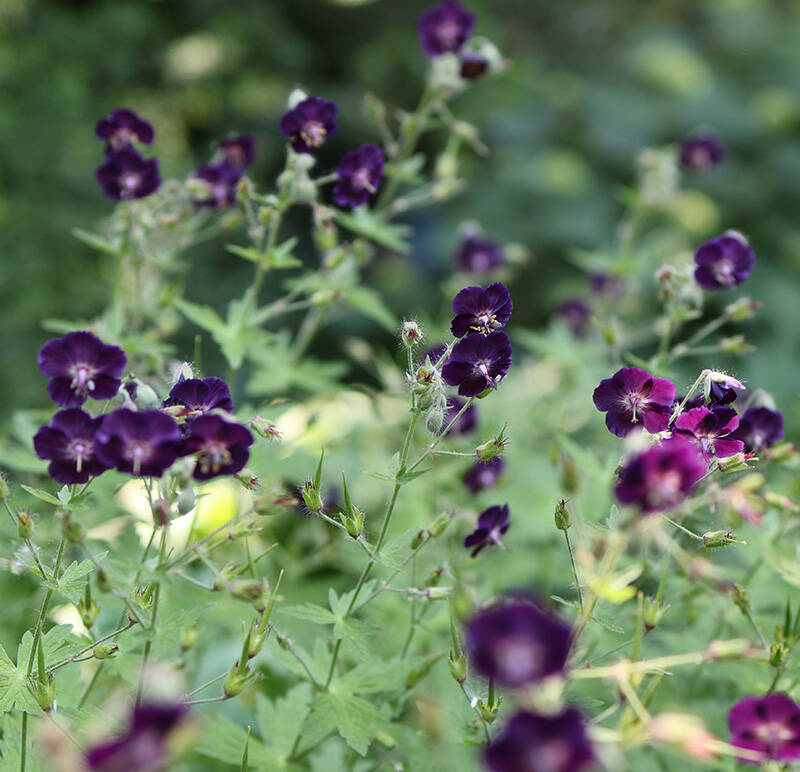Mexican sunflower, Tithonia rotundifolia
Every spring I patiently wait for nurseries to sell 4-inch starts of tithonia. Or, if I’m lucky, my mom grows them from seed and I wait for her to bring over her little plant children. Either way, every year outside my bedroom, I plant two of these fast-growing annuals in large pots that flank the door. By the end of summer, with a little water and a lot of sun, not only do I have stately plants that soar above my shoulders, but a flurry of monarchs flock to dine on the daisy-like flowers.
Keep reading to learn more about this fast and easy annual:
Photography by Kier Holmes.

Native to Mexico and Central America, tithonia is an annual that is worth its cost, as it quickly makes a statement with its bright orange blooms flowering mid to late summer and continuing until your first frost. (I routinely deadhead my plants to encourage flowering as long as possible.) It’s a totally low-maintenance plant. It needs zero fertilizer to look it best. Plus, I find that I can leave it alone for a while if I give it a long, good drink of water. Pro Tip: If planting in containers, chose breathable terracotta pots with big drain holes to allow excess unwanted moisture to wick away.

Tithonia can reach heights up to 6 feet, maybe more if it’s happy; make sure to plant it in the back of beds and borders so that it doesn’t block other beauties. And because it has a single season lifespan, don’t try transplanting it as you might prematurely end its life. Pick a spot and leave it alone.
I have had such success growing this beautiful plant year after year that I completely encourage you to grow your own. You and your posse of pollinators will be rewarded.
A few varieties to look for: ‘Torch’ is the standard of Mexican sunflowers; ‘Fiesta del Sol’ is much smaller, coming in around 2-3′ tall.
Cheat Sheet

- Makes a bright cut flower for arrangements.
- Provides nectar for beneficial insects and birds, including butterflies and hummingbirds. I know this firsthand as I routinely watch the local Anna’s hummingbird drink her nectar cocktail from my stately plants. I even get to admire monarchs as they come to dine.
- Some great companion plants that also appreciate full sun are: Icelandic poppies, cosmos, zinnias, and verbena.
- Plant a few in the cutting garden or toward the back of your garden bed. Even added to the back of a vegetable garden is smart as it will attract the pollinators that increase your bounty.
- If you choose a dwarf variety, try tucking them into smaller pots.
Keep It Alive

- Tithonia loves it dry and hot, so plant in full sun for the healthiest plant.
- Sandy, rocky or well-draining soil is best to prevent root rot. Aim for soil resembling their native soil of Mexico where they grow wild.
- Space them out well to avoid fungal diseases caused from lack of air circulation.
- These are luckily not thirsty plants so easy on the water once they get growing. If they need a drink you’ll notice that the leaves droop a bit.
- Growing this plant from seed is easy (according to my mother) and by growing your own you’re guaranteed to have some starts by summer. The quickest is to sow the seeds outdoors two weeks after your last frost. If starting them indoors, sow one per pot and use seed-starting mix.
For more annuals to try, see:












Have a Question or Comment About This Post?
Join the conversation (0)